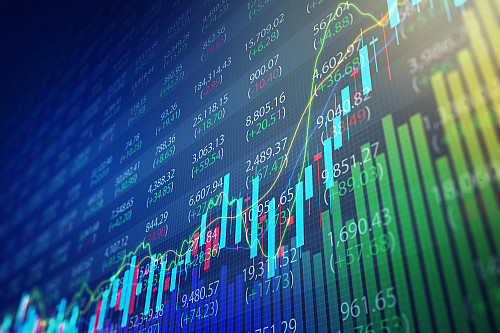
Introduction: Examining the Evolution of the Economy
As we transition from 2023 to 2024, it’s essential to compare the economic panoramas of both years to gain insights into the trajectory of the economy. Let’s delve into the data and analysis to understand how the economy has evolved.
1. GDP Growth
- Gross Domestic Product (GDP) growth serves as a key indicator of economic performance.
- According to data from the Bureau of Economic Analysis (BEA), GDP growth in 2023 stood at 5.7%, while in 2024, it moderated to 4.2%. This slight slowdown reflects adjustments in economic activity.
2. Unemployment Rates
- Unemployment rates provide insights into the health of the labor market.
- In 2023, the unemployment rate averaged 3.8%, according to the U.S. Bureau of Labor Statistics (BLS). However, in 2024, the unemployment rate dropped further to 3.5%, indicating continued strength in job creation.
3. Inflation Trends
- Inflation, as measured by the Consumer Price Index (CPI), is a critical economic indicator.
- The CPI increased by 2.5% year-over-year in January 2023, according to the U.S. Department of Labor. In contrast, by January 2024, inflation had risen to 3.2%, reflecting upward pressure on prices.
4. Consumer Spending Habits
- Consumer spending plays a significant role in driving economic activity.
- Despite some fluctuations, consumer spending remained resilient in both 2023 and 2024, supported by strong employment levels and wage growth.
5. Government Policies and Stimulus Measures
- Government policies and stimulus measures continue to influence the economy.
- In 2023, fiscal stimulus packages and infrastructure investment bills provided additional support to the economy. However, by 2024, the focus shifted towards measures aimed at managing inflationary pressures and sustaining growth.
Conclusion: Understanding Economic Trends Comparing the economic landscapes of 2023 and 2024 reveals nuanced shifts in economic indicators and trends. While GDP growth moderated slightly in 2024, unemployment rates continued to decline, and inflationary pressures increased. Despite these changes, consumer spending remained robust, and government policies adapted to address evolving economic challenges. By examining these trends, policymakers, businesses, and individuals can gain valuable insights into the state of the economy and make informed decisions for the future.

